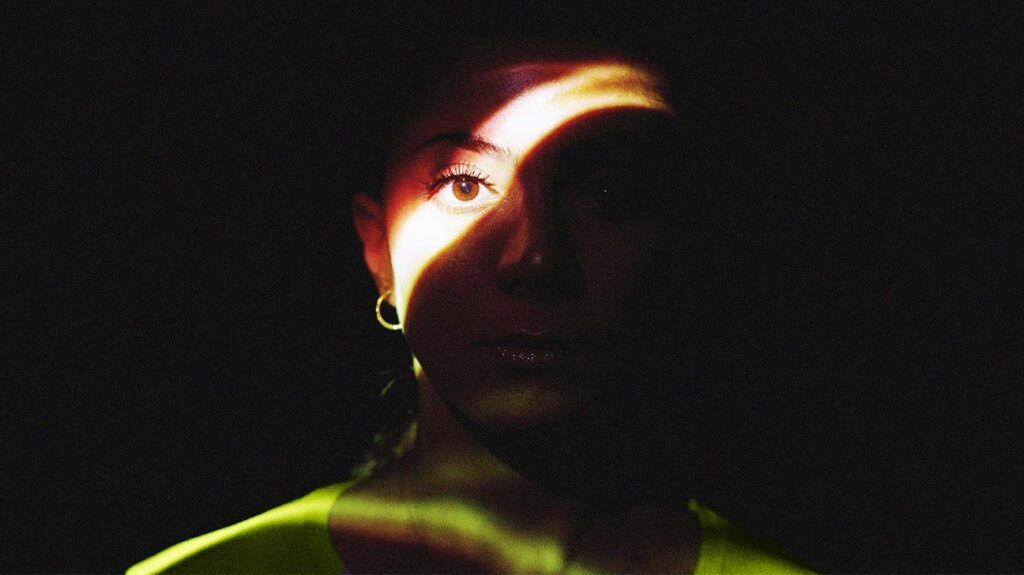A retinal tear occurs when the back lining of the eye gets a small hole or rip in it. This can lead to retinal detachment, a medical emergency in which the back layer of the eye becomes detached from the underlying tissue.
Retinal tears and detachment do not cause pain.
Symptoms can be sudden and may include seeing flashing lights or floaters in your eye or having a black or gray curtain closing in on your vision.
This article explores the differences between a retinal tear and detachment, including causes, symptoms, treatments, and more.

As a person ages, the jelly-like substance in the middle of the eye, known as vitreous, becomes thinner in texture and shrinks. Sometimes, the vitreous can stick to the retina and pull it, causing a rip or hole.
Fluid can pass through the hole and cause the retina to lift and detach,
The two other types of retinal detachment are tractional retinal detachment and exudative retinal detachment.
Tractional retinal detachment happens when scar tissue in the eye pulls the retina away from the back of the eye. A common cause of scar tissue in the eye is diabetic retinopathy.
Exudative retinal detachment occurs when fluid builds up behind the retina without there being any tears or holes in the retina. The fluid buildup causes it to detach.
Eye injuries that create broken blood vessels or swelling can cause exudative retinal detachment.
Can a retinal tear become a detachment?
Yes, a retinal tear can cause the retina to detach completely. How long this takes varies from person to person.
Retinal tears and detachments are medical emergencies that require prompt treatment. Without treatment, these conditions can cause permanent vision loss in the affected eye.
If a person has symptoms of a retinal tear or detachment, they should see an eye doctor or go to the emergency room right away.
Risk factors
Risk factors for a retinal tear or detachment
- having a family or personal history of retinal detachment
- a serious eye injury
- having eye surgery
- diabetic retinopathy
- extreme nearsightedness
- posterior vitreous detachment
Symptoms of a torn retina and a detached retina are the same. If a retina is tearing or detached, the person may not experience any pain but can have symptoms such as:
- flashing lights, like seeing stars after being hit in the eye
- dark and irregular floaters in their vision
- blurred vision
- a shadow in their peripheral vision
- a gray curtain covering part of the visual field
People with a small retinal tear or partial detachment
If a doctor suspects a retinal tear or detachment, they will put drops in the eyes to dilate the pupils and then use a special lens to visualize the back of the eye.
If they find a retinal tear or detachment, treatment depends on the size and cause of the tear or detachment.
There are three types of treatments the doctor may use. Sometimes, they need to use more than one method.
Laser surgery
This procedure is also known as photocoagulation. A doctor
During the procedure, the person may see flashing lights while the doctor uses the laser.
After the procedure, the person may need to use drops to reduce swelling and avoid vigorous activities, such as certain exercises or lifting heavy objects, while the eye heals.
Freeze treatment
This treatment is known as cryopexy. It involves a doctor
A person may feel cold or pressure while the doctor uses the probe. After the treatment, the person may need to take drops to prevent swelling and avoid vigorous activities.
Surgery
Doctors use
- Pneumatic retinopexy: A doctor injects a small bubble into the eye to push the retina back into place and uses laser or freeze treatment to repair the tear or detachment. The person must hold their head in a certain position for several days to keep the bubble in the right area.
- Scleral buckle: A doctor will put a small, flexible band around the white part of the eye to move it inward, toward the retina, to help it reattach. This procedure occurs under anesthesiology, and the band remains in place permanently.
- Vitrectomy: A doctor makes a small opening in the eye to remove some of the vitreous fluid. They may use other treatments, such as laser, cold, or a bubble, to repair the retina. Recovery takes several weeks while the eye heals and replaces the lost fluid.
Recovery from a retinal tear or detachment depends on the procedure the doctor uses to repair the retina. A person may experience some pain for several hours after the surgery that over-the-counter pain medication can treat.
People may also need to avoid certain activities, such as lifting heavy objects, while they recover from surgery. Some people may need to wear an eye patch for several days after surgery.
A person’s outcome
A retinal tear is a small hole or rip in the back lining of the eye. The tear or hole can cause a retinal detachment, or a detachment can occur without a retinal tear.
Symptoms may occur suddenly and typically include seeing flashing lights or dark floaters in the eyes and a curtain-like gray covering part of the visual field.
Treatment depends on the severity of the tear or detachment and where it occurs in the eye. Doctors have several procedures, including laser or cold treatment, or several types of surgeries they can use to repair the damage.
